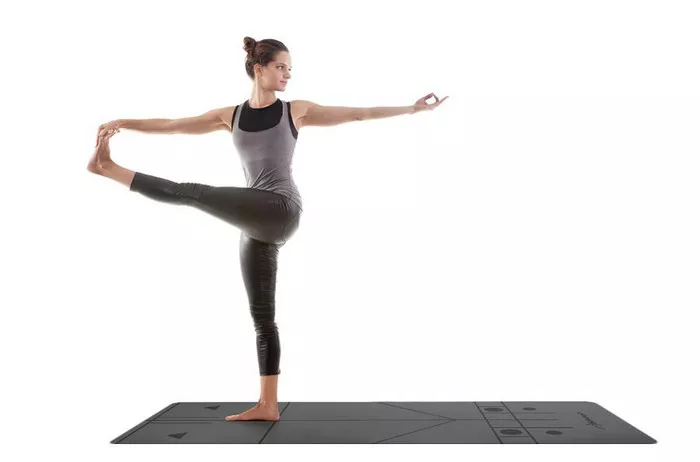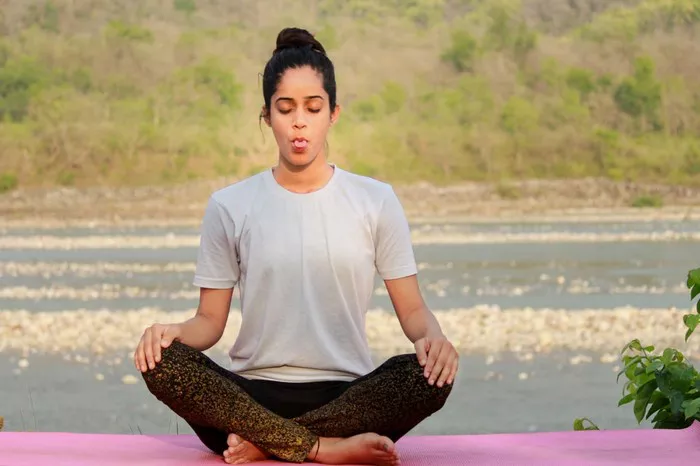In the realm of holistic wellness, yoga stands as a beacon of balance, promoting physical strength, mental clarity, and spiritual growth. Within this ancient practice lies a gem known as pranayama, the art of breath control. While the benefits of yoga are widely celebrated, it is within the nuanced practice of pranayama that a profound connection to vitality and well-being is forged. In this exploration, we delve into the intricacies of pranayama and uncover its transformative potential.
Understanding Pranayama: The Breath of Life
Pranayama, often referred to as the fourth limb of yoga, is a Sanskrit term composed of “prana,” meaning life force or vital energy, and “ayama,” meaning to extend or regulate. Together, pranayama translates to the regulation or expansion of the life force through breath control. Unlike the involuntary act of breathing, pranayama harnesses the breath consciously, directing it to influence the flow of prana within the body.
The Mechanics of Pranayama
Central to pranayama practice is the awareness of the breath and its relationship to the mind and body. Through various techniques, practitioners manipulate the breath to achieve specific outcomes, whether it be calming the mind, energizing the body, or cultivating spiritual awareness.
One fundamental pranayama technique is “dirgha pranayama,” or the three-part breath. In this practice, the breath is consciously drawn into three distinct areas: the abdomen, the diaphragm, and the chest. This deep, full breath stimulates relaxation, enhances oxygenation, and promotes a sense of grounding.
Another notable technique is “nadi shodhana,” or alternate nostril breathing. By alternating the flow of breath between the left and right nostrils, this practice balances the subtle energy channels in the body, known as nadis. Nadi shodhana is renowned for its ability to harmonize the mind, reduce stress, and promote mental clarity.
The Benefits Unveiled
While the benefits of yoga are manifold, pranayama offers a unique avenue for unlocking vitality and well-being. Through its influence on the breath and subtle energy, pranayama bestows a myriad of benefits upon the practitioner.
1. Enhanced Respiratory Function
At its core, pranayama is a practice of conscious breathing. By expanding lung capacity, improving respiratory efficiency, and enhancing oxygen uptake, pranayama fosters optimal respiratory function. For individuals with respiratory conditions such as asthma or COPD, pranayama can serve as a therapeutic tool, providing relief and promoting lung health.
2. Stress Reduction and Emotional Balance
In today’s fast-paced world, stress has become a ubiquitous presence, taking a toll on both physical and mental well-being. Pranayama offers a potent antidote to stress, activating the parasympathetic nervous system and eliciting the relaxation response. Through practices such as “ujjayi pranayama,” or victorious breath, practitioners cultivate a sense of inner calm and emotional equilibrium, reducing anxiety and promoting mental resilience.
3. Increased Energy and Vitality
The breath is intimately linked to the flow of prana, the vital life force that animates the body. Through pranayama practices such as “kapalabhati,” or skull shining breath, practitioners invigorate the body and awaken dormant energy reserves. This surge of vitality not only enhances physical stamina but also revitalizes the mind, fostering a sense of alertness and clarity.
4. Enhanced Cognitive Function
The relationship between breath and cognition is a profound one, as evidenced by the ancient yogic teachings. Through practices such as “bhramari,” or humming bee breath, pranayama stimulates the brain and enhances cognitive function. Research suggests that regular pranayama practice may improve concentration, memory, and mental acuity, offering a natural means of enhancing brain health and cognitive performance.
5. Promotion of Emotional Well-being
Emotions, like the breath, are dynamic forces that shape our inner landscape. Through pranayama, individuals gain insight into the intimate connection between breath and emotion, learning to navigate their internal terrain with greater awareness and equanimity. Practices such as “anulom vilom,” or alternate nostril breathing, promote emotional balance, fostering a sense of inner harmony and resilience in the face of life’s challenges.
6. Cultivation of Spiritual Awareness
Beyond its physical and mental benefits, pranayama serves as a gateway to spiritual exploration and self-discovery. Through practices such as “sama vritti,” or equal ratio breathing, practitioners access deeper states of consciousness, transcending the limitations of the ego and connecting with the essence of their being. In the stillness of the breath, one discovers a profound sense of unity with the universe, realizing the interconnectedness of all existence.
Incorporating Pranayama into Daily Life
Integrating pranayama into one’s daily routine need not be a daunting task. Simple practices such as mindful breathing, conscious sighing, or pausing to observe the breath can yield profound benefits over time. Whether practiced in solitude or incorporated into yoga asana practice, pranayama offers a potent means of cultivating vitality, resilience, and well-being.
Conclusion
In the tapestry of yoga, pranayama stands as a thread that weaves together the physical, mental, and spiritual dimensions of human experience. Through the conscious manipulation of breath, practitioners unlock a treasure trove of vitality, resilience, and inner peace. As we journey through life’s ever-changing landscape, may we remember the profound wisdom encoded within each inhalation and exhalation, embracing the transformative power of pranayama to awaken our true potential.
















